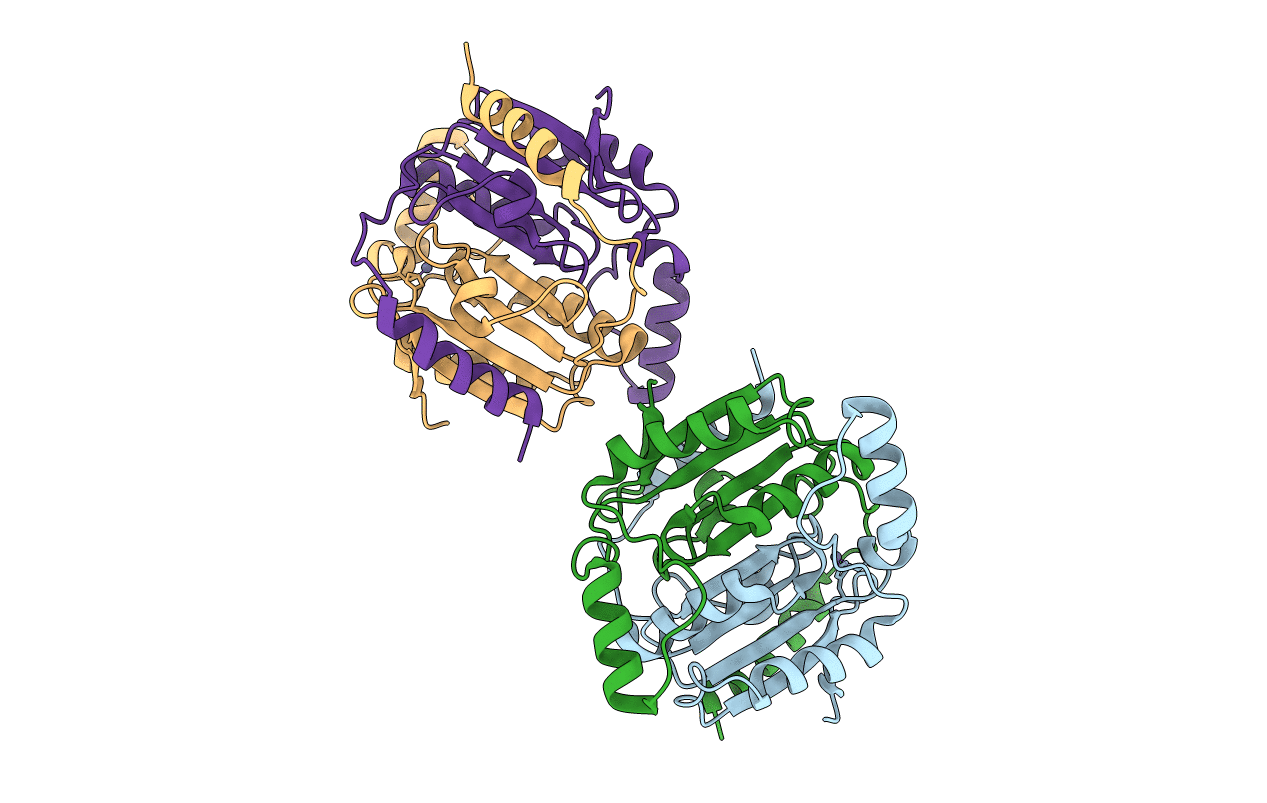
Deposition Date
2015-02-25
Release Date
2015-05-06
Last Version Date
2024-11-06
Entry Detail
PDB ID:
4YF5
Keywords:
Title:
Crystal structure of Rv1284 in the presence of polycarpine at acidic pH
Biological Source:
Source Organism:
Host Organism:
Method Details:
Experimental Method:
Resolution:
2.00 Å
R-Value Free:
0.25
R-Value Work:
0.19
R-Value Observed:
0.20
Space Group:
F 2 2 2


